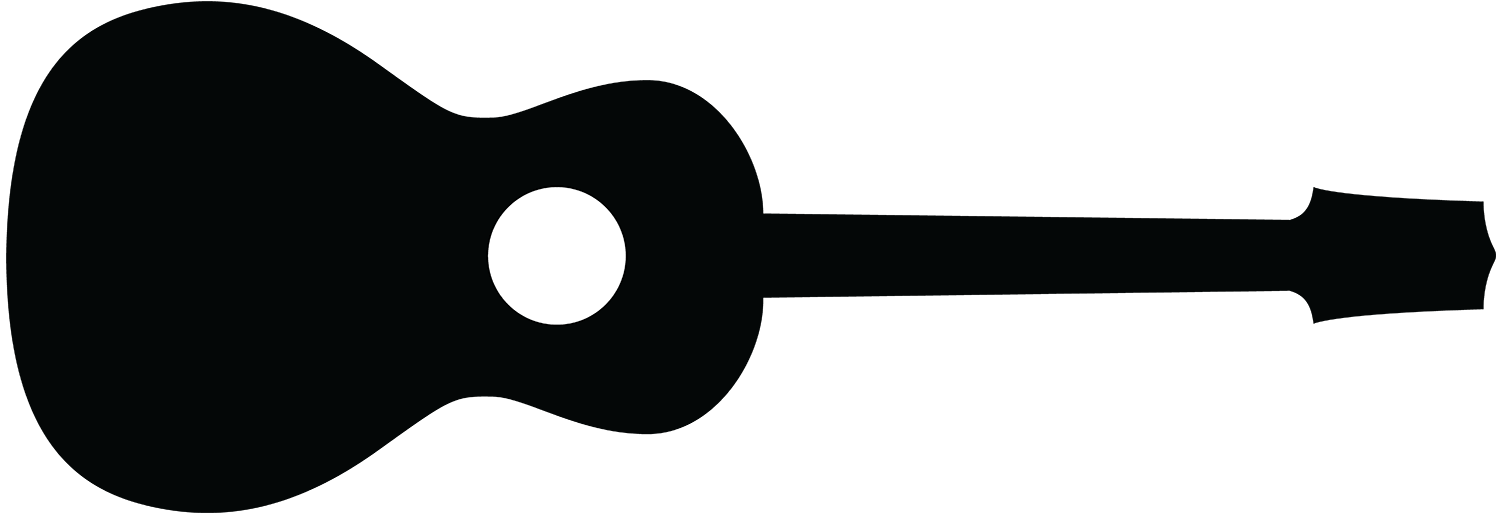


Adding Effects & Final Mixing
In this lesson I'm talking about general mixing ideas, adding effects, EQ, and some extremely basic ways to master your track.
I made a little song seed for this lesson and you're welcome to watch me make it here.
This whole course is about how to get comfortable using GarageBand. At this point, you've learned general navigation skills in Lesson 1, how to record, manually input, and manipulate MIDI data in Lesson 2, how to use an audio interface and properly set gain levels in Lesson 3, and how to get a general sense of mixing and good recording process in Lesson 4.
In this lesson we talk a little more about mixing, but we mostly focus on:
• adding your own plugins to a basic track so you don't have to rely on presets
• learning how to "see" musical frequencies on the EQ spectrum
• learning to do a rough master of your track to get it to glue together a little and sound louder
The idea here is to make some music and just explore and experiment with effects, plugins, reverb, delay, etc. Have fun making something and get into the mix and EQ and share whatever fun, weird, cool, strange thing you come up with to the community forum. Or share questions and issues for troubleshooting.
Keep in mind, there are SO many facets to recording, mixing, adding effects, etc - I could spend a year on this stuff. I do intend to dig into more recording concepts in the future, but I feel that these lessons are a good starting.
Recording Process & Basic Mixing
In this fourth installment of GarageBand Lessons, we'll be discussing how to organize your recording session with good foundations so that as you build more layers, your timing and intonation are tight a solid.
Generally speaking, I always like to start a recording project with drums as the foundation so that each layer can refer back to the drums as the "standard of rhythm" for the recording. On the same note, its always important to tune your instrument to a tuner (preferably set to A440Hz) and keep checking your tuning throughout the recording!
In this lesson I also explore a few ideas behind mixing - adjusting levels first of all so you don't max out your Master volume, and second of all to make sure you're adjusting out of preference and not necessity by setting your baseline levels to the drums.
Audio Interface & Setting Gain
In this lesson we talk about how to use an Audio Interface with GarageBand. First, how to make sure that GarageBand recognizes the device, then how to set the gain for your guitar or microphone to ensure that your recorded signal is just right to avoid any background noise or clipping.
Once you have the gain settings dialed in, you can record with input monitoring selected, or you can record with the "direct monitoring" button enabled on your device for low-latency recording. Input monitoring gives you the advantage of being able to try out the plethora of available amp modeling software on GarageBand but invites the risk of latency on older or slower computers/devices. Once you record, you can playback your recordings through the amp modeling software.
This stuff is at the very core of how to get good recordings and have fun trying out the software effects that make GarageBand so inviting and helpful for creative music writing.
Software Instruments
In the first GarageBand lesson, we talked about audio recording. In this lesson, we're talking about MIDI. This lesson covers the basics of how to record, edit, and manipulate MIDI data and make it sound like actual music.
This is the stuff that makes a recording session a lot of fun and lets you apply your music theory knowledge to a whole host of instruments. We didn't fully explore all the possible instruments available to you with GarageBand, but they are all in the library on the left side of the screen.
Getting Started
In this lesson I start very slow with GarageBand and general recording software concepts. Creating a basic track, recording audio from your computer microphone without causing feedback, getting a basic sense of buttons, shortcuts, looping and trimming audio, monitoring yourself while recording.
In future lessons, I'll be showing you how to use an audio interface and midi controller (and what those things are) as well as how to use a microphone and plug your guitar into your audio interface to use software amps and other plugins.
Check out the attached PDFs for a list of GarageBand buttons, layout, shortcuts, and more. We'll add more shortcuts and labels as the lessons continue but for now, just get to know the basics covered in this lesson!





